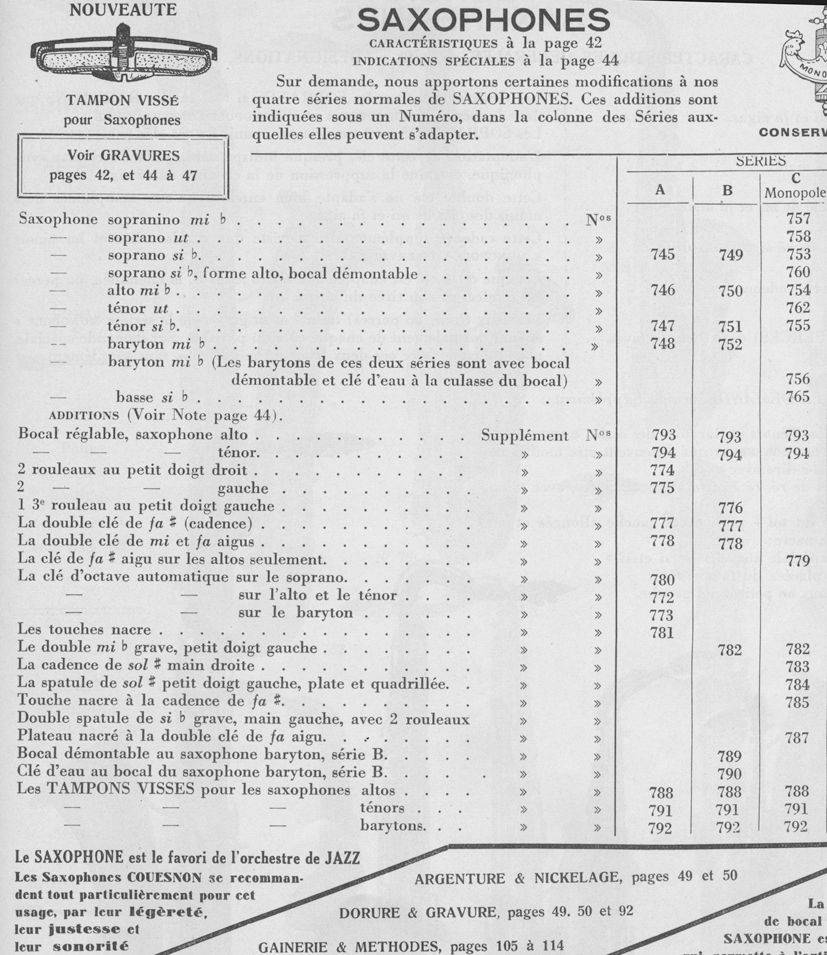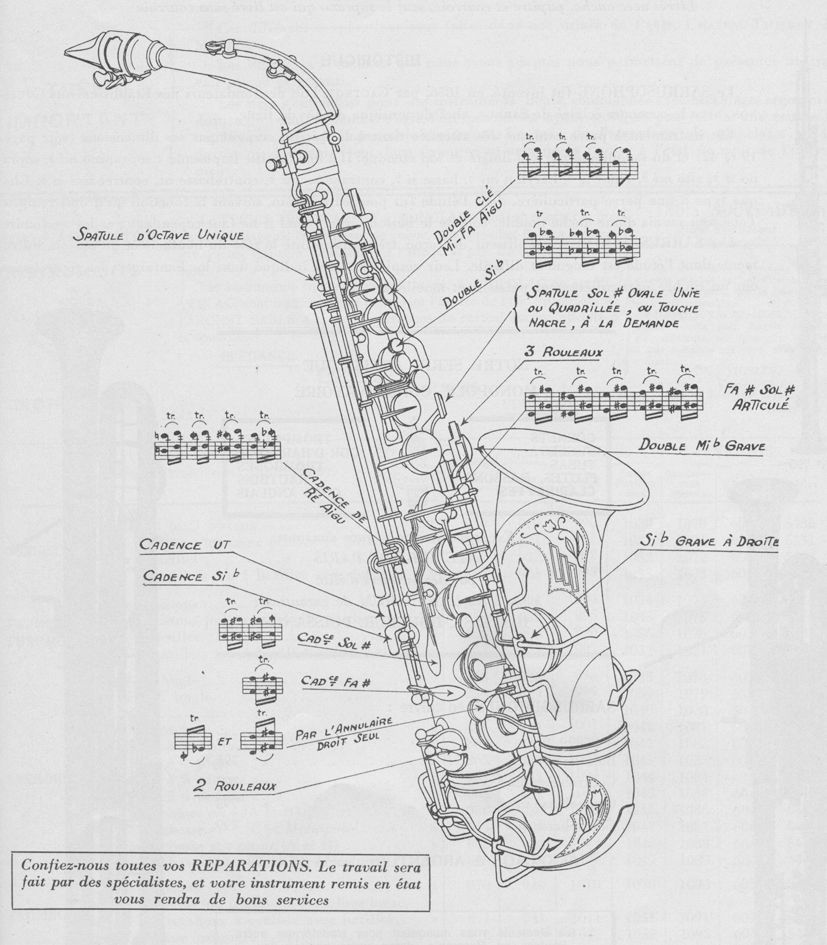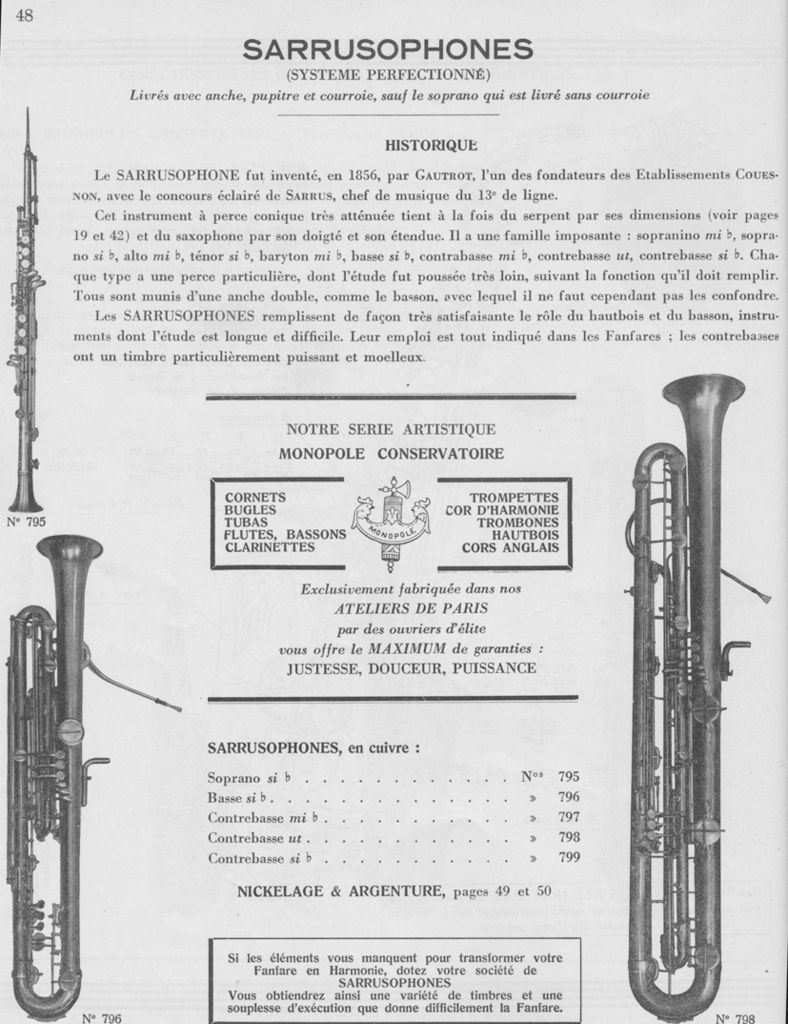Linky.

After a very brief Google search, I can tell you that DuPaquier was a musician in la Garde républicaine. I also came across an auction catalog that had this horn listed. Looks like it was 1100 Euros ....

After a very brief Google search, I can tell you that DuPaquier was a musician in la Garde républicaine. I also came across an auction catalog that had this horn listed. Looks like it was 1100 Euros ....
Last edited by a moderator:







